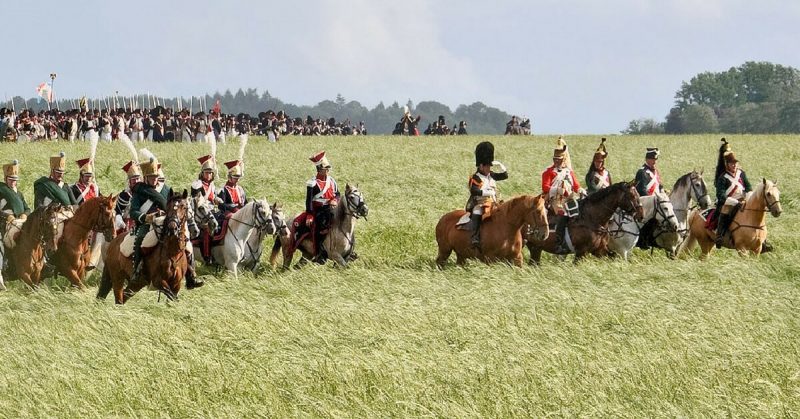The armies of Napoleon Bonaparte were some of the most successful the world has ever seen. What made them so great?
Dedication
The men following Napoleon were dedicated to their cause.
The French Revolution had stirred up a tremendous sense of patriotism in France. People felt a sense of mission in exporting their reforming values to the rest of Europe.
For those less dedicated to France and the liberal cause, there was loyalty to Napoleon himself. The Corsican commander had brought victory for his troops and shown concern for their lives, making him popular with his men. His propaganda machine of army newspapers helped with this.
Men would fight hard for Napoleon.
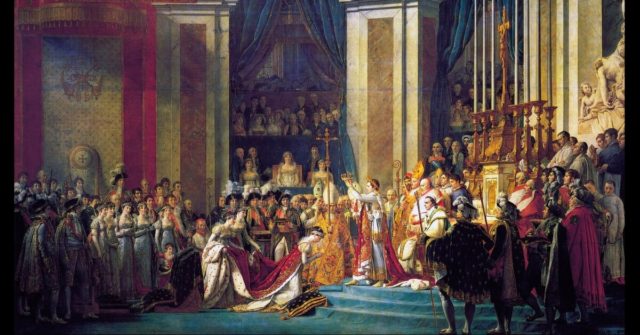
Manpower
France needed to defend itself against the rest of Europe. The revolutionary government brought in conscription for the first time in modern military history. Napoleon profited from this as General, First Consul, and eventually Emperor. He had vast armies at his disposal and the ability to raise troops quickly.
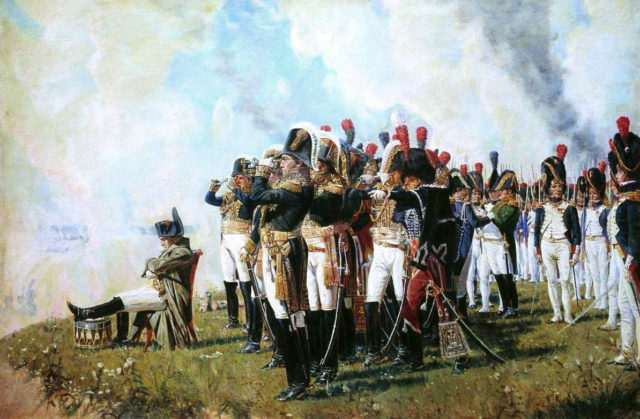
Napoleon
The role of Napoleon himself should never be forgotten. His military knowledge, his gift for tactics, his charisma, and his quick thinking were crucial to the successes. Even when his approach to warfare became less flexible and his faculties declined, he was still one of the finest commanders in Europe.
Leadership
Napoleon was not the only high-quality commander in the French armies. Far from it. He fostered a core of skilled and courageous leaders, especially his marshals, who helped lead his troops to victory. None were as gifted as Napoleon himself, but they ensured a high caliber of leadership.
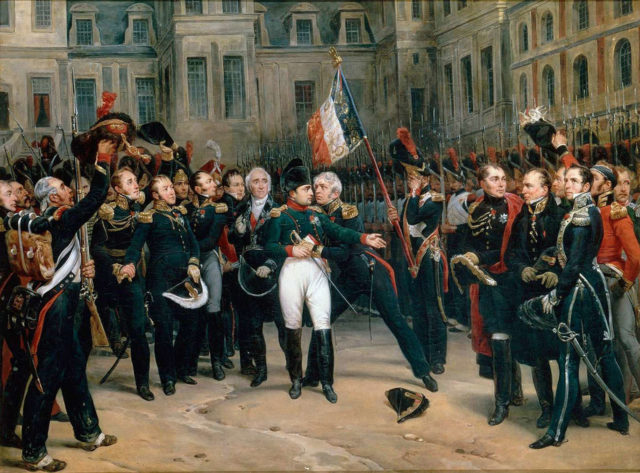
Professionalism
One of the factors leading to success was the increased professionalism of the French army.
Before the revolution, military command had been dominated by the traditional aristocracy. Promotion was less about skill and more about who you were. After the revolution, promotion to military rank was earned through merit. Skilled men from the middle classes could take command.
Napoleon drew from the best people of both traditions – experienced aristocratic officers together with gifted men who had risen from humble beginnings.
Military organisation
The army was reorganized with an increasingly sophisticated support structure. The ministry of war was divided in 1802 into the ministry of war and the ministry of war administration. The new department focused on ensuring the army was well supplied. Lead by clever men and using the skills of specialists, these ministries became more effective. They also gained staff to support the efficient running of the army, rising from 500 to 1,500 employees between them in the space of a decade.
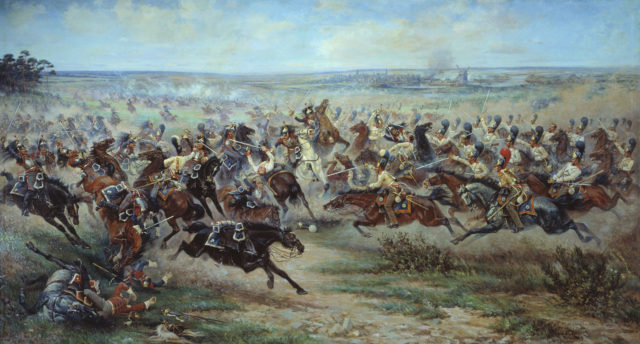
Divisional Formations
The reorganization of the army into self-contained divisions, while less glamorous than tactical changes or battlefield courage, was one of the crucial elements in French success.
By creating formations within the army that could effectively function on their own, the French gained greater flexibility in their maneuvers. Napoleon frequently marched his troops not as a single massed army but as several separate corps, each under the command of a marshal. They could be brought together to face an enemy while avoiding the unwieldiness that came with moving a whole army as one.
Foreign recruits
Not everyone fighting in the armies of revolutionary France was French. As the empire expanded, men from all over Europe joined Napoleon’s forces. The army that marched to Russia in 1812 was truly international. Some of the elite Imperial Guard troops within it were drawn from outside France’s old borders.
It gave Napoleon access to a large number of skilled specialists from other nations, adding to the size and variety of his army.
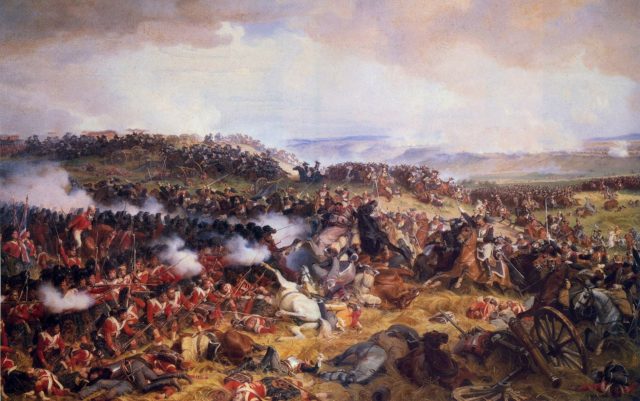
Weapons Industry
The French armaments industry grew and advanced at an incredible rate to keep up with the army’s needs.
At the beginning of Napoleon’s rise to power, French producers made 125,000 weapons a year, most of them handcrafted. To support the growing armies more were needed.
The achievements of Gaspard Monge as chief of artillery production in 1793 was especially fitting for the post-revolutionary era. He turned churches which had been seized by the revolutionary government into foundries where cannons were made. The copper from the church bells was melted down to produce gun barrels. Monge created an advanced casting process for this work.
By 1815, the French weapons industry was producing four million weapons per year – 32 times as many as at the start of the wars.
Deep Lines
After the revolution, French armies embraced a reform that had begun under the old regime but had never been fully implemented; the shift in infantry tactics towards deep lines.
There had been considerable debate among the French military as to the merits of the traditional thin line of infantry and the newly developed deep line. The deep line allowed columns to break through enemy lines and quickly convert into squares. It had many advantages on the battlefield. With so many troops raised by conscription, columns had the bonus of needing less training and experience to execute maneuvers.
The French used a mixture of new and old style infantry formations, increasing their battlefield flexibility.
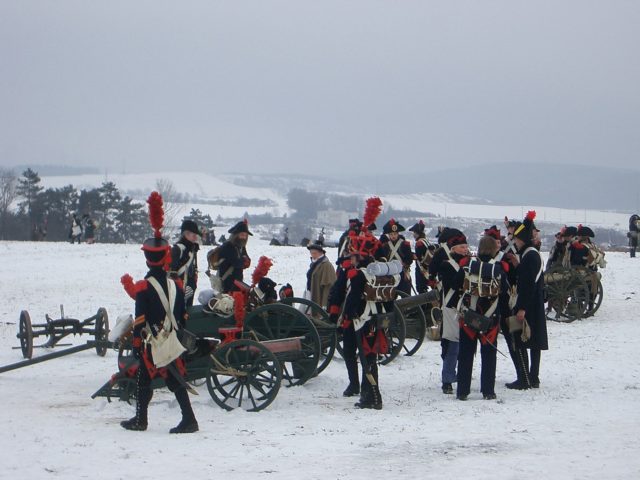
Artillery
Given Napoleon’s background as an artillerist, it is no surprise this was an area in which the French armies excelled. The use of massive artillery bombardments was an innovation which allowed them to shatter enemy lines before an attack.
They also developed a range of mobile field guns in different sizes, letting them move firepower around the battlefield. Meanwhile, their opponents tended to use fixed artillery positions behind their main lines.
The armies of Napoleon had the manpower, skills, resources, technology, and above all organization to put others to shame. With the addition of a great commander, victory was theirs for the taking.
Sources:
Geoffrey Ellis (1991), The Napoleonic Empire.
Alan Forrest (2011), Napoleon.
Robert Harvey (2006), The War of Wars: The Epic Struggle Between Britain and France: 1789-1815.
Matthew D. Zarzeczny (2013), Meteors that Enlighten the Earth: Napoleon and the Cult of Great Men.
